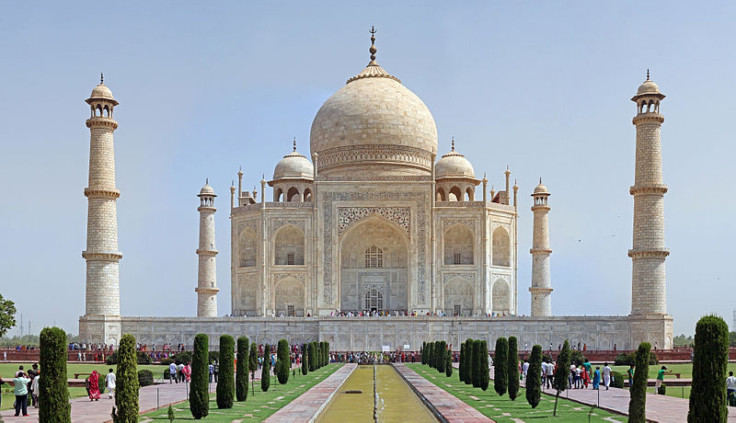After Delhi Gang Rape, 35 Percent Fewer Females Visit India

India’s latest tourism ad features a female exploring the subcontinent on a solo expedition, but you’d be hard-pressed to find many foreign women wandering around India alone these days.
According to a new survey, female tourists have shunned India in record numbers since the brutal gang rape of a 23-year-old student on a Delhi bus last December.
The survey, conducted by India’s Associated Chambers of Commerce and Industry, or Assocham, found a 35 percent decline in the number of female foreign tourists and a 25 percent decline overall since the attack, which spurred nationwide protests over the plight of women in India and forced the government to introduce tougher sentences for sexual assaults.
According to human-rights workers, thousands in India lose their lives each year due to rape, domestic assaults and other acts of violence against women. The government’s own crime records are equally shocking: According to the statistics of India’s National Crime Records Bureau, one woman is raped every 20 minutes.
In Delhi alone, police figures show a dramatic rise in reported crimes in 2013, including 590 percent more molestation cases and 148 percent more rape cases than at this time last year.
Many had long assumed that the rising tide of female sexual violence -- and its increasing coverage in Indian media -- would take its toll on India’s reputation, and the statistics released Sunday add weight to the argument.
Assocham claimed tourism took a hit not only in Delhi, but also in Goa, Agra, Jaipur and elsewhere. Nearly 75 percent of the 1,200 tour operators surveyed noted steep declines and cancellations during the past three months, mostly from prospective tourists in the U.K., U.S., Canada and Australia.
Assocham wrote in its report that reasons for the drop in tourism center on safety and security, as well as the continuing economic slowdown worldwide. Also contributing are travel advisories by the U.K. and other Western nations counseling caution in visiting India.
“Some tourists have emailed in asking whether it would be safe to travel, and some have changed their minds about traveling to India this year,” Assocham wrote. “Those who are determined to visit India are taking extra precautions and avoiding affected areas.”
The Assocham survey contradicts the government’s rosy picture of the tourism industry. For both January and February, tourism ministry figures showed an increase in visitors over 2012 numbers.
“So far, there has been no adverse impact on tourism [due to the Delhi gang-rape case],” Tourism Secretary Parvez Dewan noted in late January.
Yet, since that case, at least six foreign women have been attacked or have reported sexual harassment in India, including a Swiss tourist who was gang-raped in a forested area of Madhya Pradesh and a British tourist who leapt from her hotel balcony near the famed Taj Mahal to escape from an alleged attacker.
Assocham Secretary General D.S. Rawat said the increase in sexual violence has led to a “substantial fall in the tourist traffic” at popular destinations across India.
“A brutal rape case in Delhi and the recent incident of a Swiss woman in Madhya Pradesh, or the young British woman who had to jump out of the window in Agra to avoid a sexual attack, has raised concerns about the safety of female travelers to the country,” Rawat acknowledged.
Rawat said many tourists are now bypassing India for other Asian destinations such as Indonesia, Malaysia, Thailand and Vietnam.
According to Tourism Ministry data, about 6.6 million international tourists visited India in 2012, pumping about $17.74 billion into the economy. The ministry has set the goal of increasing foreign tourist arrivals by 12 percent each year to double foreign-exchange earnings by 2016. But if India cannot change its image in the eyes of prospective visitors, it is unlikely to reach its lofty goals.
© Copyright IBTimes 2024. All rights reserved.






















